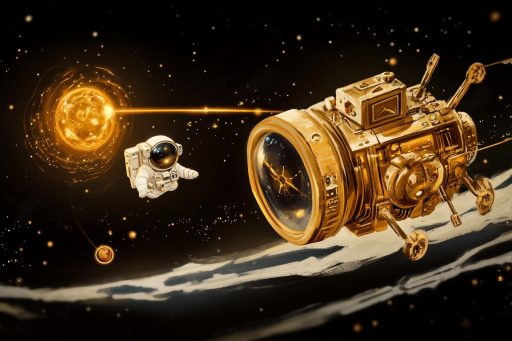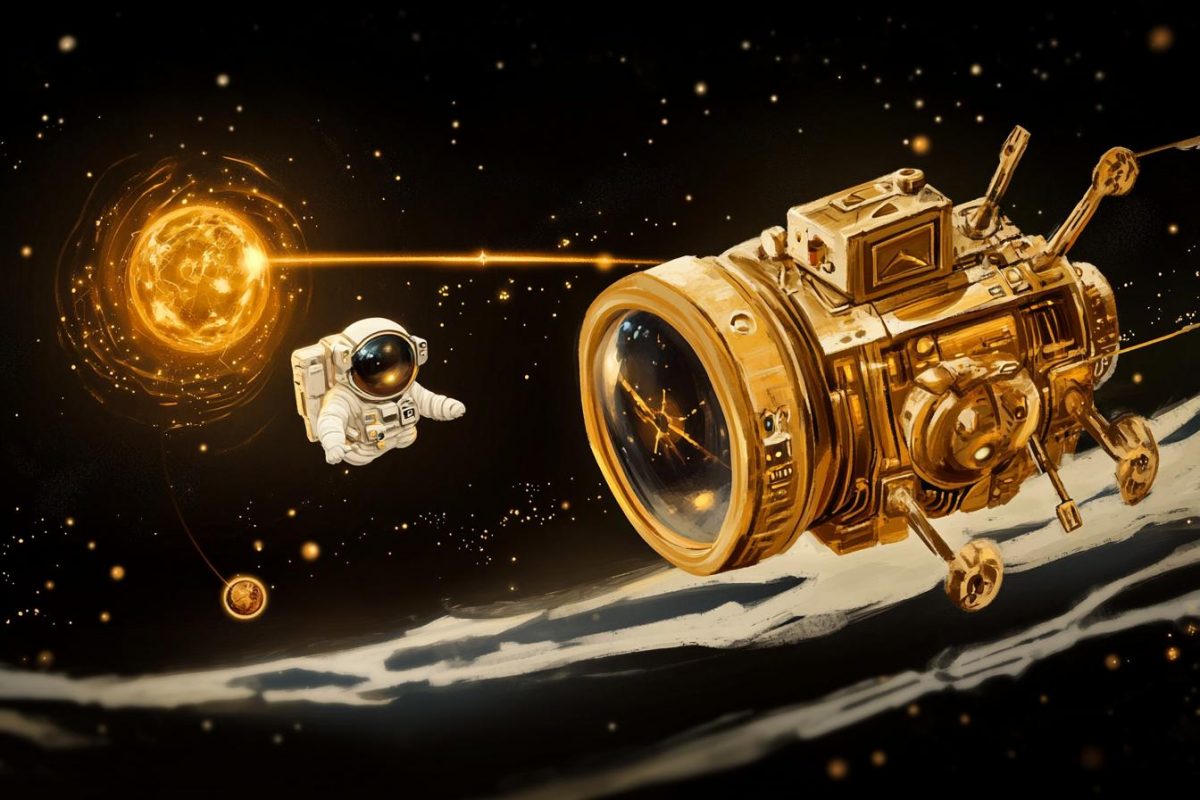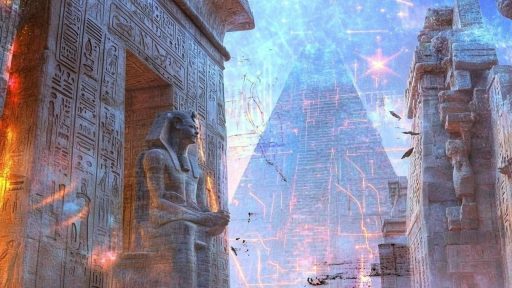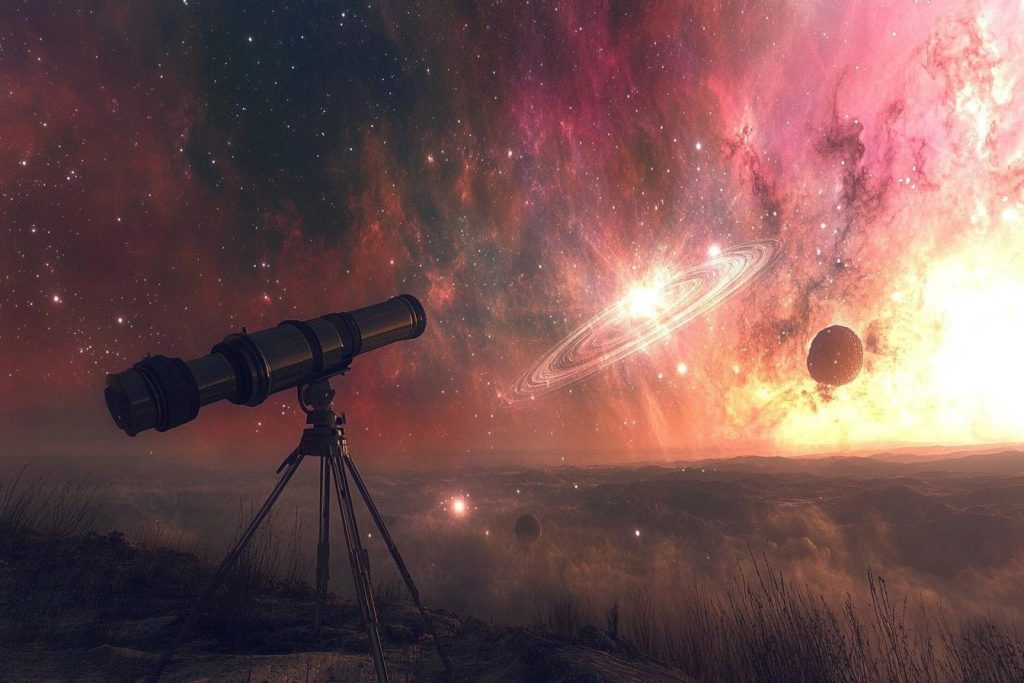
Just when we think we’ve figured out the cosmos, space throws a curveball that leaves even the most seasoned scientists scratching their heads. From mysterious signals to impossible planets, the universe is anything but predictable. These unexpected discoveries challenge everything we thought we knew, bending the rules of physics and rewriting textbooks in real time. In space, the unknown isn’t rare—it’s the norm.
The Star That Blinked Out
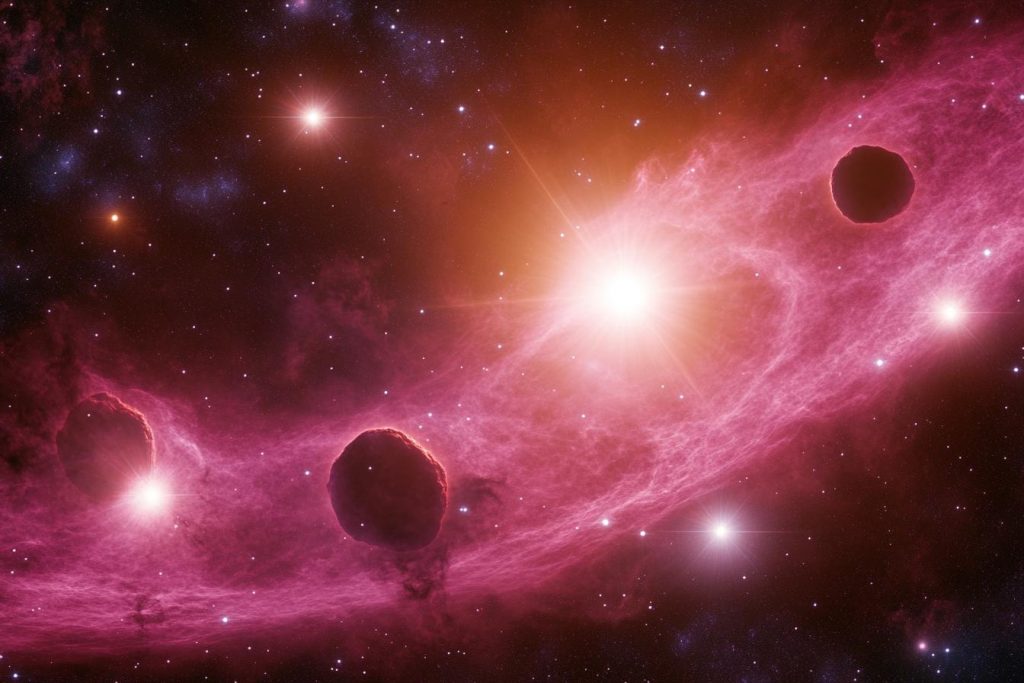
Astronomers were stunned when a giant star in a distant galaxy simply vanished without a trace. Normally, such a star should explode in a supernova, but this one disappeared silently, as if swallowed by the void. Some speculate it collapsed directly into a black hole, while others suggest something far more exotic. Its quiet exit has forced scientists to rethink how stars die.
The Asteroid With a Tail
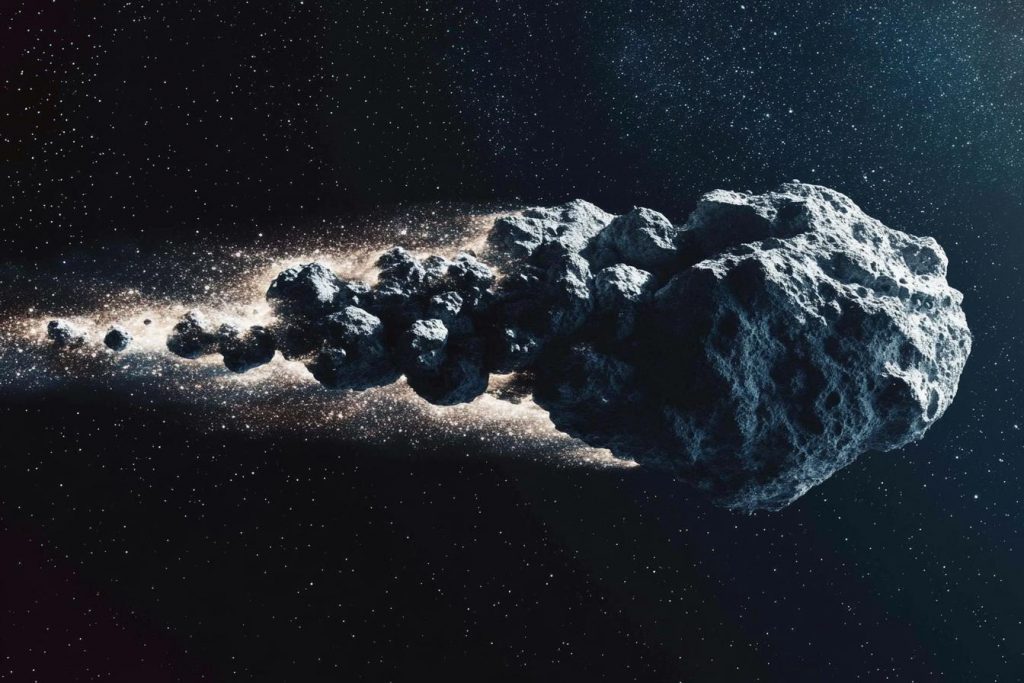
When astronomers spotted an ordinary-looking asteroid suddenly sprouting a glowing tail, it upended our definition of what separates comets from asteroids. The object, dubbed 311P/PANSTARRS, looked like it was falling apart in slow motion—spinning so fast it ejected streams of dust. The discovery raised questions about how often asteroids behave this way, and whether our solar system holds more “hybrid” objects than we imagined.
The Galaxy With No Dark Matter
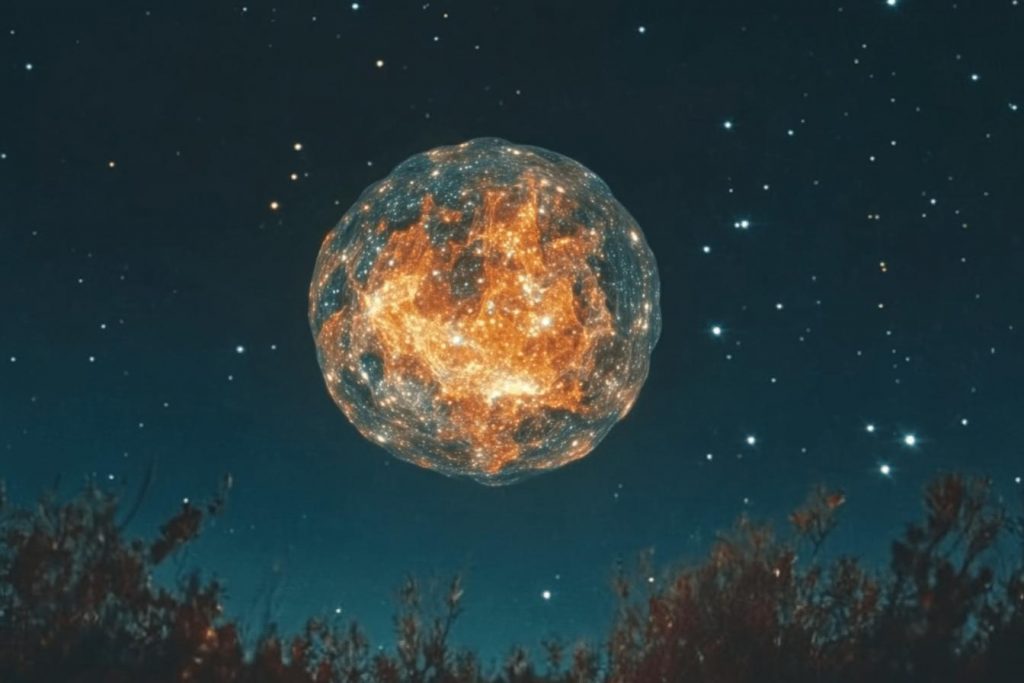
Dark matter is supposed to make up most of the universe—yet in 2018, scientists discovered a galaxy that appeared to be missing all of it. Known as NGC 1052-DF2, this ghostly galaxy’s behavior baffled experts because its stars moved as if gravity were much weaker than expected. If confirmed, this anomaly could crack open our entire understanding of cosmic structure. Or it might mean dark matter behaves very differently than we thought.
The Planet That Shouldn’t Exist
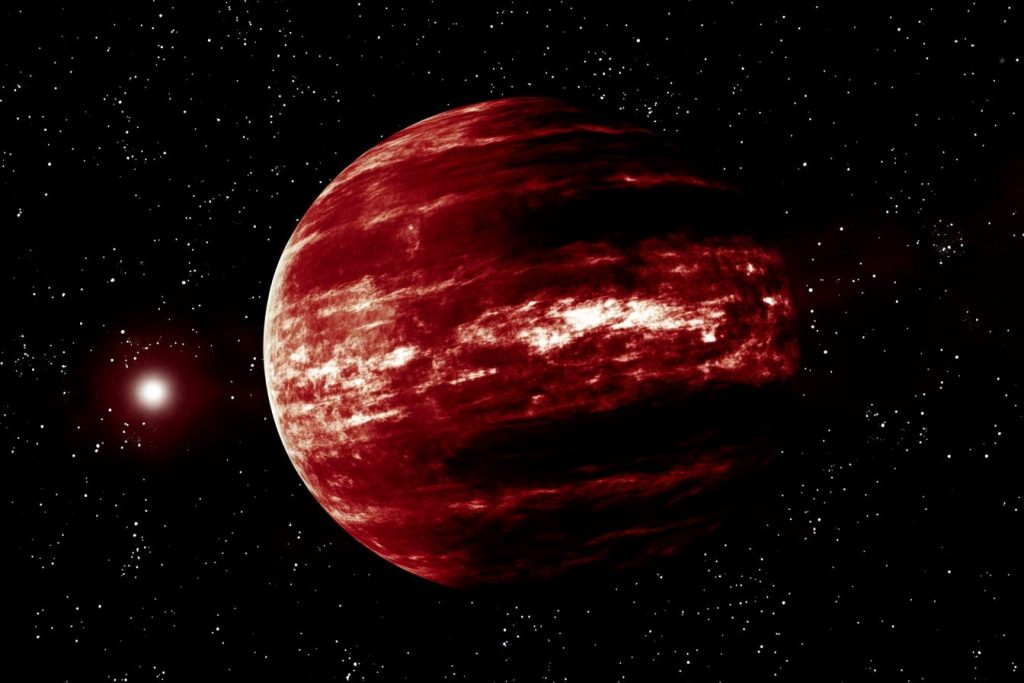
Astronomers discovered a planet larger than Jupiter orbiting a tiny, dim star—something that shouldn’t be possible based on current planetary formation models. The star simply shouldn’t have had enough material to create such a massive world. The planet, named GJ 3512b, suggests we’ve been missing something crucial in our understanding of how solar systems form. It’s like finding a blue whale circling a goldfish bowl.
The Signal From Deep Space
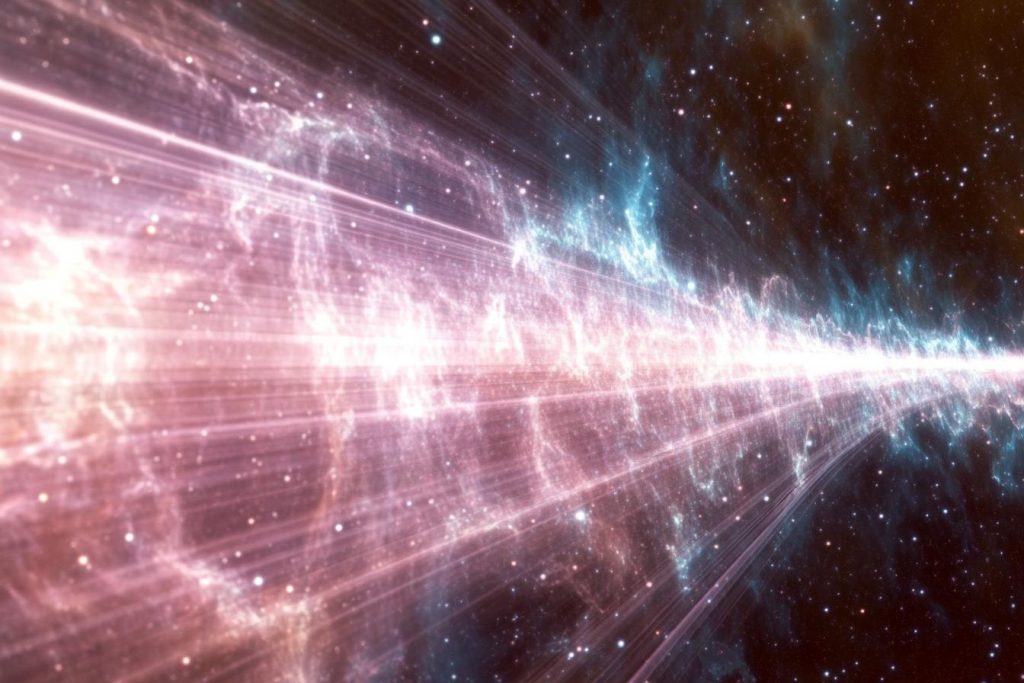
In 2007, a radio burst from billions of light-years away was detected—lasting just milliseconds but carrying the energy of thousands of suns. Since then, more fast radio bursts (FRBs) have been spotted, including some that repeat with eerie regularity. Scientists still don’t know what causes them, though theories range from exotic neutron stars to alien technology. Whatever the source, they’ve become one of space’s most tantalizing puzzles.
The Black Hole That Reversed Course
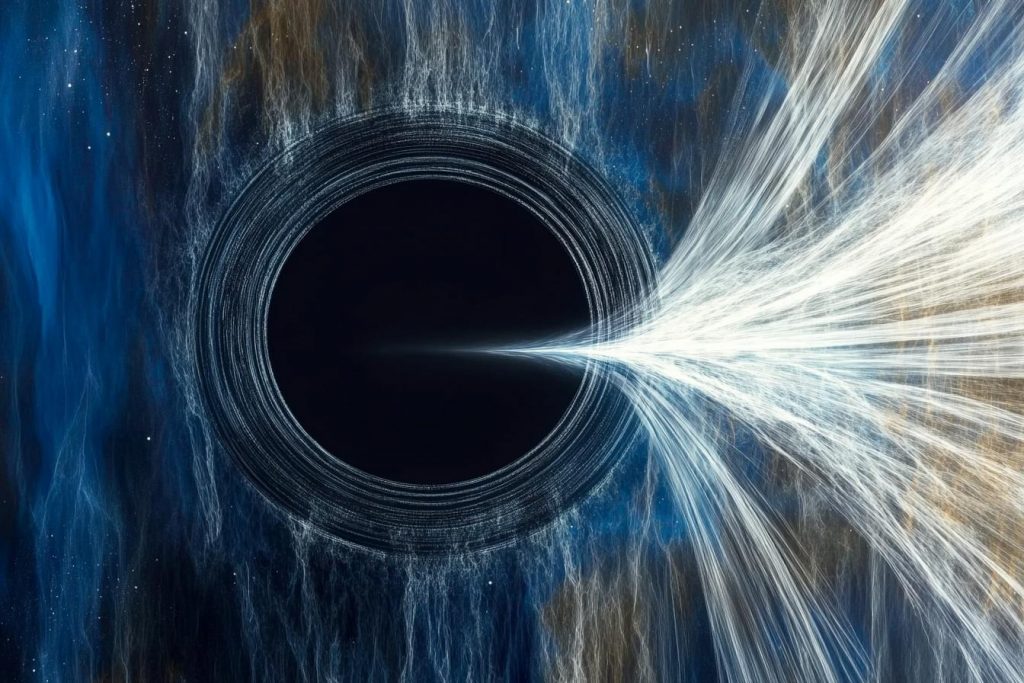
A supermassive black hole was observed ejecting material in a way that seemed to defy how these cosmic giants usually behave. Instead of sucking everything in, it appeared to spit a stream of particles at nearly light speed—right after swallowing a star. This “burp” shocked astronomers and hinted that black holes might have far more complex digestion cycles than we assumed. It’s cosmic indigestion, but on an epic scale.
The Moon That’s Not a Moon
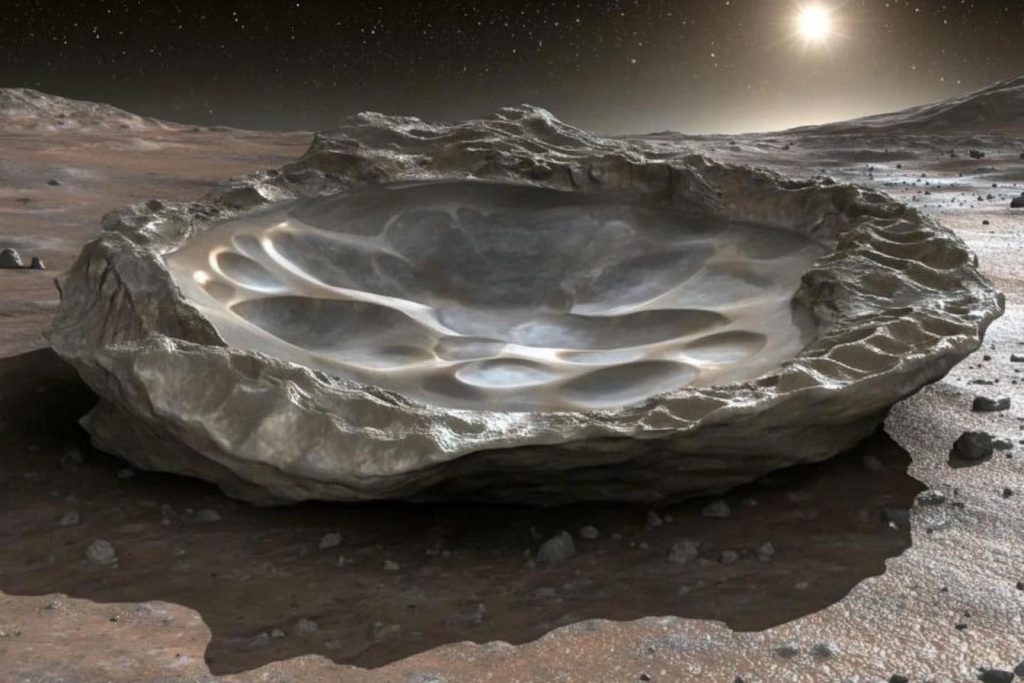
Saturn’s moon Pan looks more like a space ravioli than a natural satellite, and scientists were puzzled by its bizarre shape. Eventually, they learned that Pan had swept up material from Saturn’s rings, forming a ridged, disk-like body unlike anything else in the solar system. The surprise wasn’t just its appearance—it was the realization that moons can grow in strange ways, sculpted by their chaotic surroundings.
The Planet That Orbits Backwards
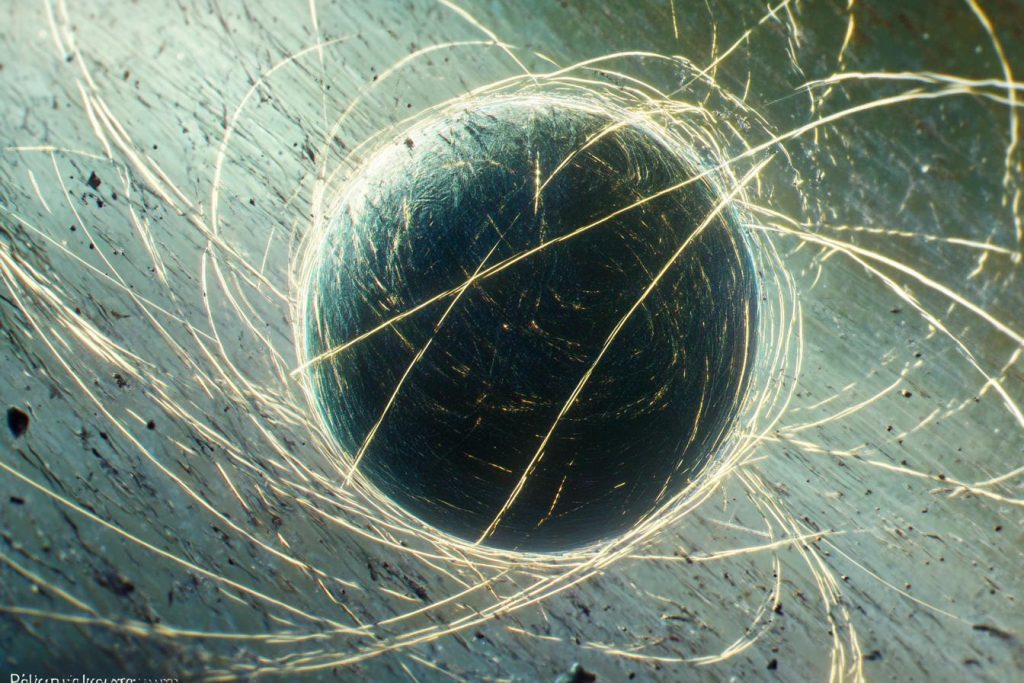
WASP-17b, a gas giant discovered in 2009, shocked researchers by orbiting its star in the opposite direction of the star’s rotation. This “retrograde orbit” goes against what’s expected from planetary formation theories, where everything should spin the same way. It implies the planet may have collided with another body—or been flung into place by cosmic chaos. It’s a reminder that space doesn’t always follow the rules.
The Star That Acts Like a Lighthouse
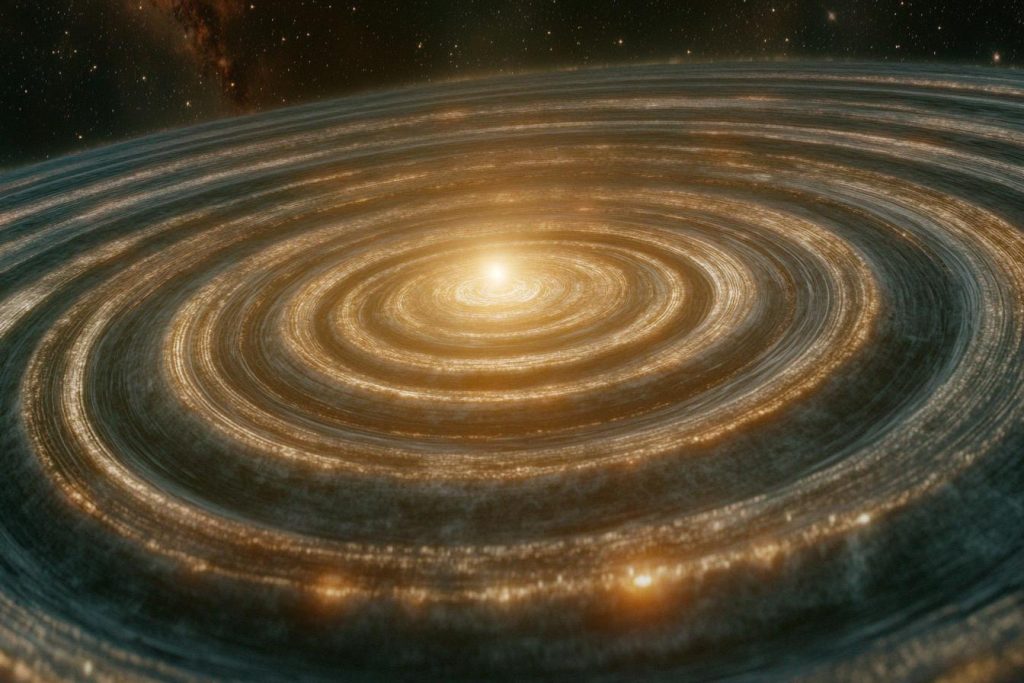
Tabby’s Star, officially known as KIC 8462852, dims and brightens in irregular patterns no one can fully explain. While some suggested alien megastructures (seriously), others blamed dust clouds or strange stellar cycles. Years later, scientists still aren’t completely sure what’s causing its erratic behavior. It’s a cosmic enigma that continues to flicker just out of reach.
When the Universe Says, “You’re Not Ready Yet”
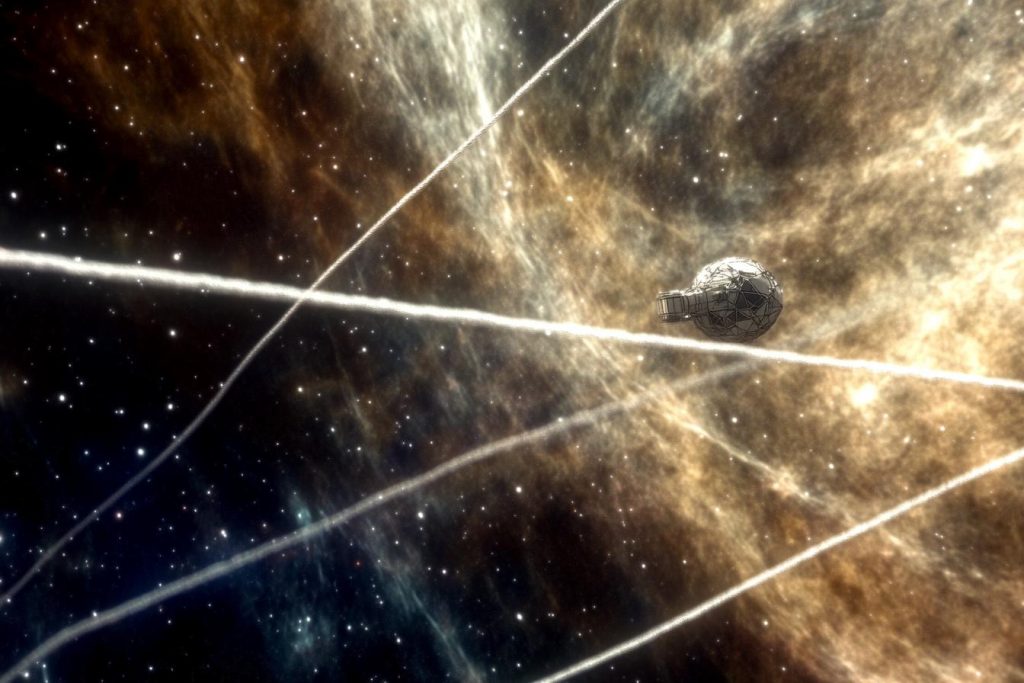
Every time we think we’ve grasped the rhythm of the cosmos, a new mystery appears to prove us wrong. Space isn’t just vast—it’s deeply unpredictable, full of phenomena we weren’t prepared to encounter. These surprises remind us that our understanding is still in its infancy, and the universe may always be one step ahead. What else is out there, waiting to shock us into discovery?

